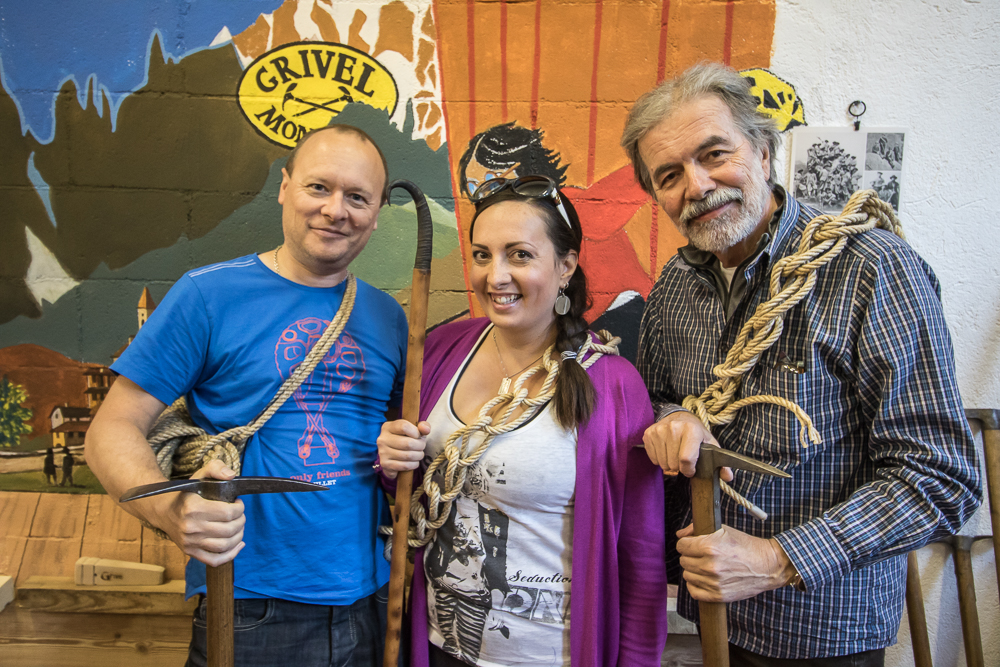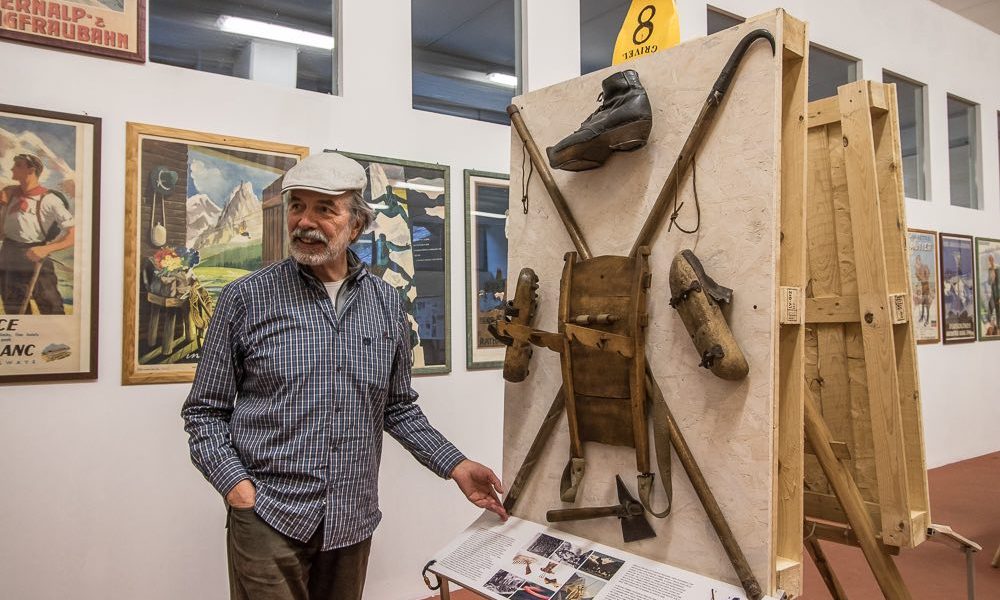When it comes to ice axes and crampons, one of the first names that most people would think of is Grivel. No wonder, as the Italian brand have been at the forefront of mountaineering hardware design for an incredible 200 years. In fact, the history of Grivel is inexorably intertwined with the history of alpinisim itself.
With 2018 marking the Aosta Valley-based company’s bicentennial year, Trek & Mountain was invited to the company’s original factory in Courmayeur which has now been turned into a museum dedicated to Grivel equipment – from ice axes and crampons through to karabiners, packs and trekking poles – in fact, a whole range of cutting edge equipment manufactured over the course of two centuries.
The history of Grivel is fascinating. The oldest manufacturer of alpine equipment in the world, the Grivels were a family of blacksmiths making agricultural tools originally. Quick to spot an opportunity, they began adapting their tools to suit the needs of wealthy tourists who came to the area looking to climb mountains. This turned out to be more lucrative than their farm tools, and with this change of focus the company as we know it today was born.

On our arrival we were introduced to the modern-day godfather of Grivel, Gioachino Gobbi, along with his wife Betta and son Oliviero – all passionate about the mountains and the Grivel brand. The Gobbi family purchased Grivel in 1981 and led the modernisation of the business which included a new, solar-powered factory further down the Aosta Valley. Gio took us around to the different displays, showcasing a timeline of various Grivel products, highlighting innovations throughout the last 200 years – and a few products that didn’t quite take off too! Gio talked us through the development the ice axe – from early long-handled models to the introduction of angled shafts in more recent times – and of crampons, from crude (but surprisingly effective) models with only a few points, to the latest mono-point models for steep ice and mixed climbing.
The museum also houses an large array of photos and illustrations, including magazine covers and drawings featuring the famous Duke of Abruzzi. It was also particularly interesting to see the tools that were used for the first Everest and K2 ascents, as was a display showing what the ladies used to wear, making the feats of those first female mountaineers even more impressive.

With all this classic mountaineering kit around us, we couldn’t resist grabbing some axes and posing in front of the 19th century mural Gio had had painted on the wall. Here’s to the next 200 years!
More info: www.grivelgb.co.uk






